Thaumetopoea processionea
(Linnaeus, 1758) Processionaria della quercia
-
 Sottofamiglia: Thaumetopoeinae
Sottofamiglia: Thaumetopoeinae -
 Apertura alare: 26-42 mm
Apertura alare: 26-42 mm -
 Periodo di volo: lug - ago
Periodo di volo: lug - ago -
 Diffusione: Comune
Diffusione: Comune -
 Piante nutrici: Fagaceae
Piante nutrici: Fagaceae
Informazioni
The Thaumetopoea processionea also called Oak Processionary is a moth of the Notodontidae family with a wingspan of 26-42 mm.
In Europe it is widely distributed and is increasing its range, probably due to global warming and is occasionally found as far as Sweden.
He is absent from the United Kingdom, Benelux, Denmark, the Scandinavian Peninsula, Croatia, Hungary, the Czech Republic, Slovakia, the Baltic States, Belarus and Russia. *
In Italy it is absent from Sardinia *.
The front wings of the Thaumetopoea processionea are white / greyish with slight darker dusting along the veins, three gray lines, faded,
cross the wing. Discal spot of elongated shape with a light shade around it.
The edge is fringed in gray.
The hind wings whitish, and have a dark spot in the anal area.
The head and thorax are dark gray with intense down, the abdomen and combed antennae are faded orange,
also the abdomen has an intense hair. **
This coloring makes adults difficult to see against oak bark.
The Thaumetopoea processionea is a univoltine species and the adults are visible in the period between July and August, it overwinters at the egg stage. ***
The eggs are lenticular semitransparent and are deposited in plaques on the branches of the host plants.
The larva is dark gray on the upper part withcracks on the back, laterally light gray with a black head,
yellow / orange tubercles from which long white hairs emerge.
The larvae mature from the end of June and crystallize at the base of the plants or in the nests.
The chrysalis is squat brown / amber with shades of brown.
The Thaumetopoea processionea is a dangerous phytophagous of the Oak (Rovere, Roverella, Farnia)
whose larvae are active defoliators. *****
The larvae, during the day, are inactive and gather in large silky nests built on the rind, at the base of the plants or along the trunk or at the scaffolding of the main branches;
this nest, made up of leaves, excrements, metabolic residues and stinging hairs held together by silky threads, contains many larvae.
During the night the larvae come out of the nest and begin their trophic activity in a gregarious way, typically moving in "procession" (in single file)
guided by the silk threads that are left by the first larva. These "processions" are easily visible in spring-early summer on the trunks of the oaks.
Even the return to the nest, at dawn, follows the same procedure: in single file following the first larva. *****
Moths are a growing nuisance for humans. The backs of the larvae are covered with pointed defensive bristles up to a maximum of 63,000 ranging in size from 200,
300 microm, which contain a stinging toxin, the protein thaumetopoein. ****
These needles break rapidly, spread through the air and can cause epidemic caterpillar dermatitis, manifested as a papular rash,itching, conjunctivitis and, if inhaled, pharyngitis and respiratory distress, including asthma or anaphylaxis.
As mentioned, the caterpillar feeds on Quercus sp. (Oak, Downy Oak, Farnia)
* Lepidoptera mundi https://lepidoptera.eu/ - Fauna Europea https://fauna-eu.org/
** Bestimmungshilfe für die in Europa nachgewiesenen Schmetterlingsarten - http://lepiforum.de/
*** Roland Robineau, Guide de papillons nocturne de France, Delachaux et Niestlé, 2011 p. 87
**** Lamy, M; Pastureaud, M. H; Novak, F; Ducombs, G; Vincendeau, P; Maleville, J; Texier, L (1986). "Thaumetopoein: una proteina che attacca dai peli e tegumento del bruco
***** Istruzione Agraria online - https://www.agraria.org/

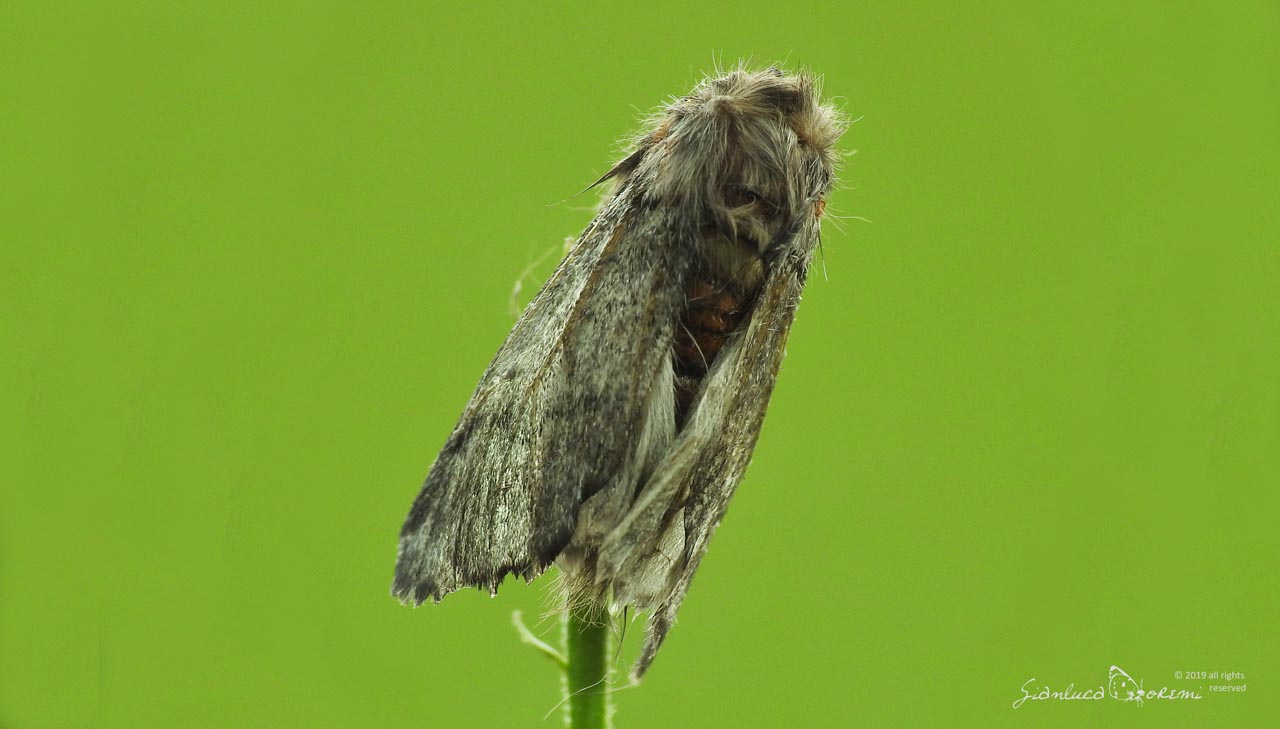
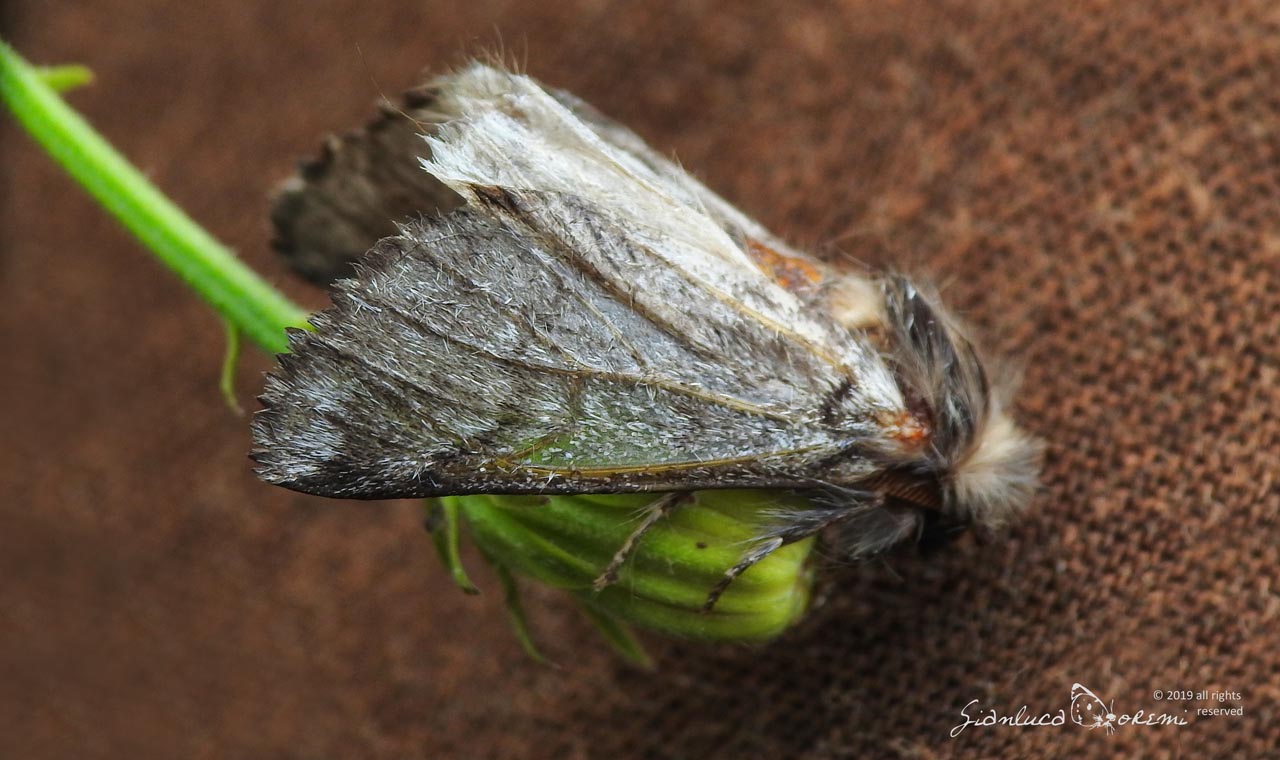

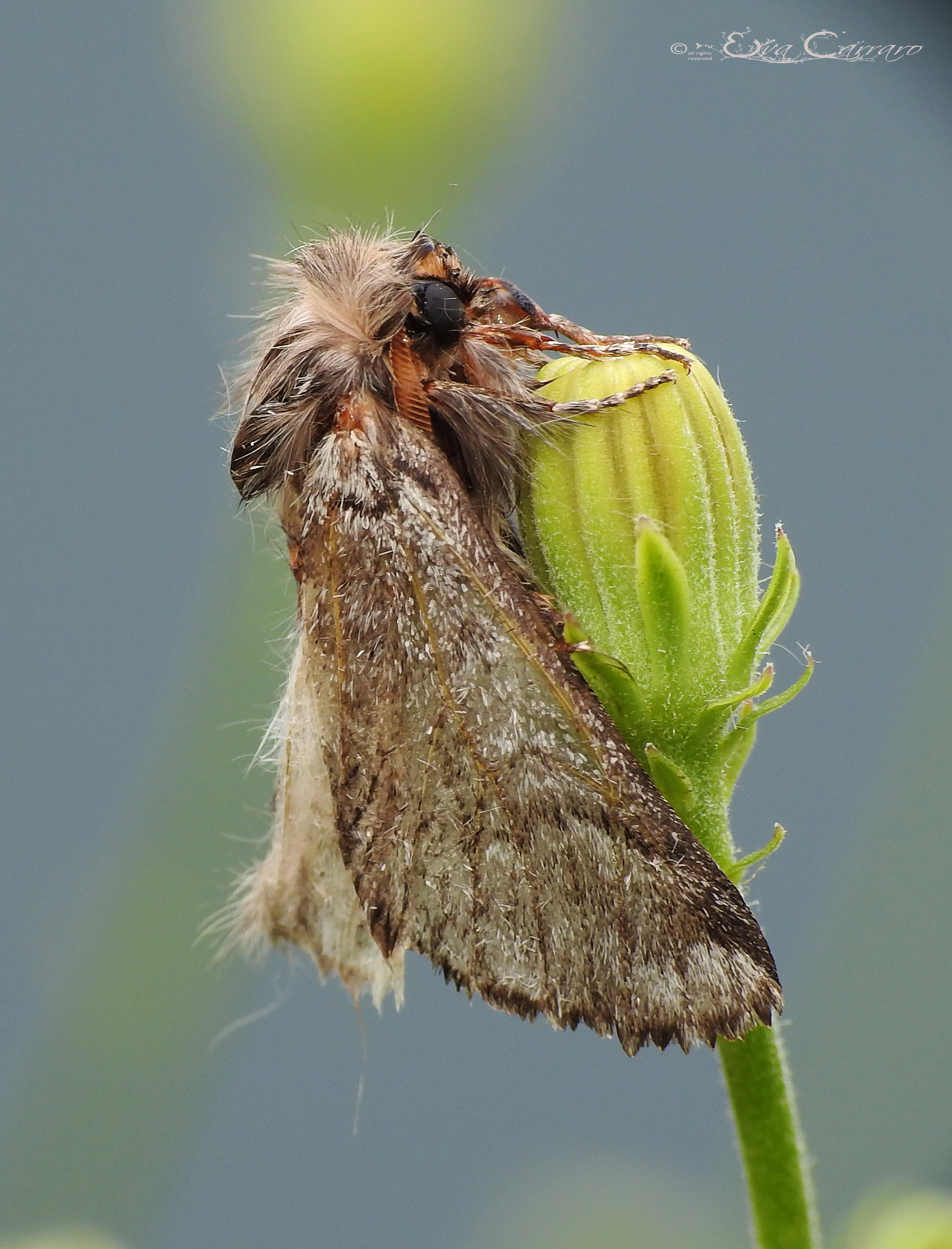
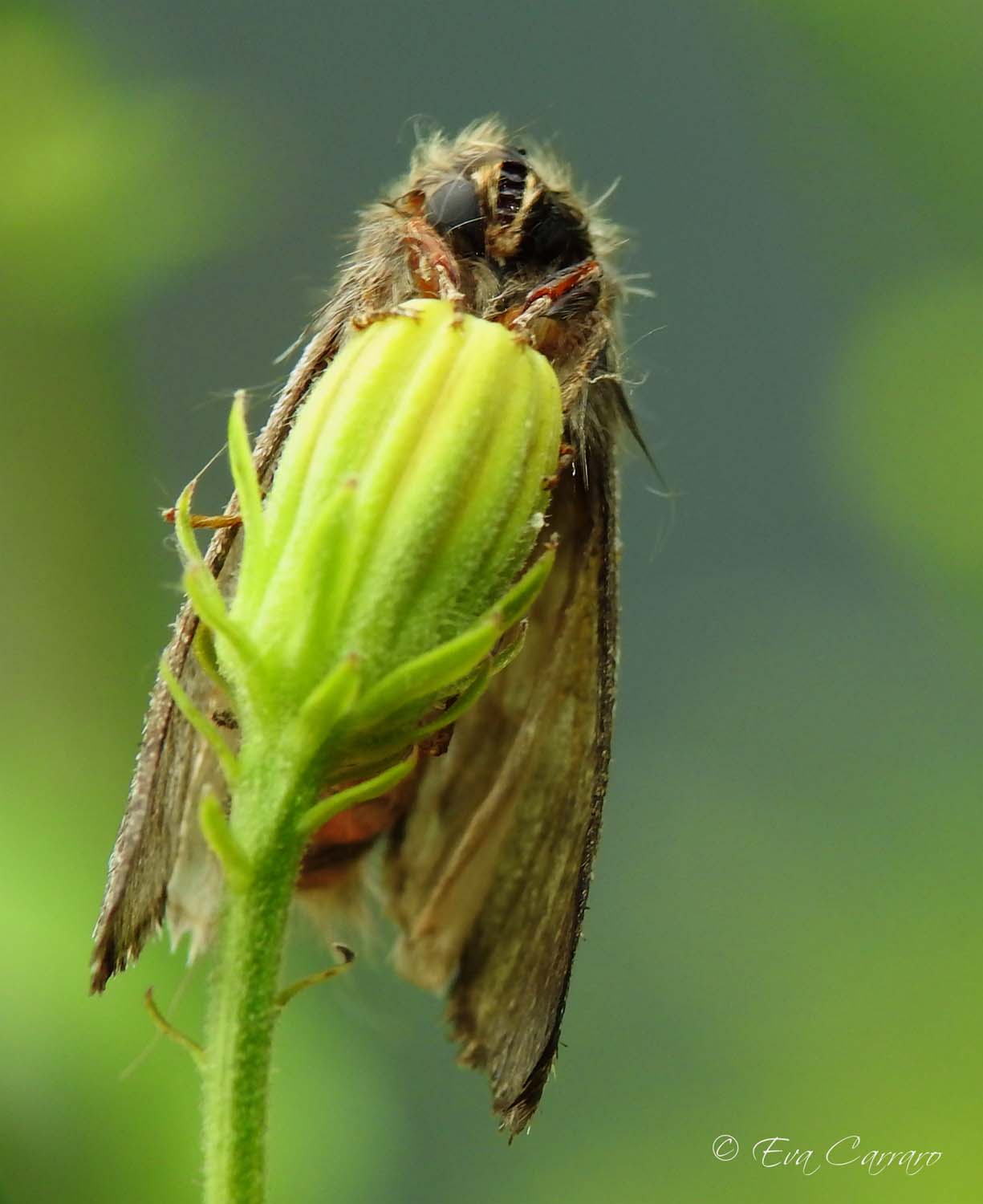
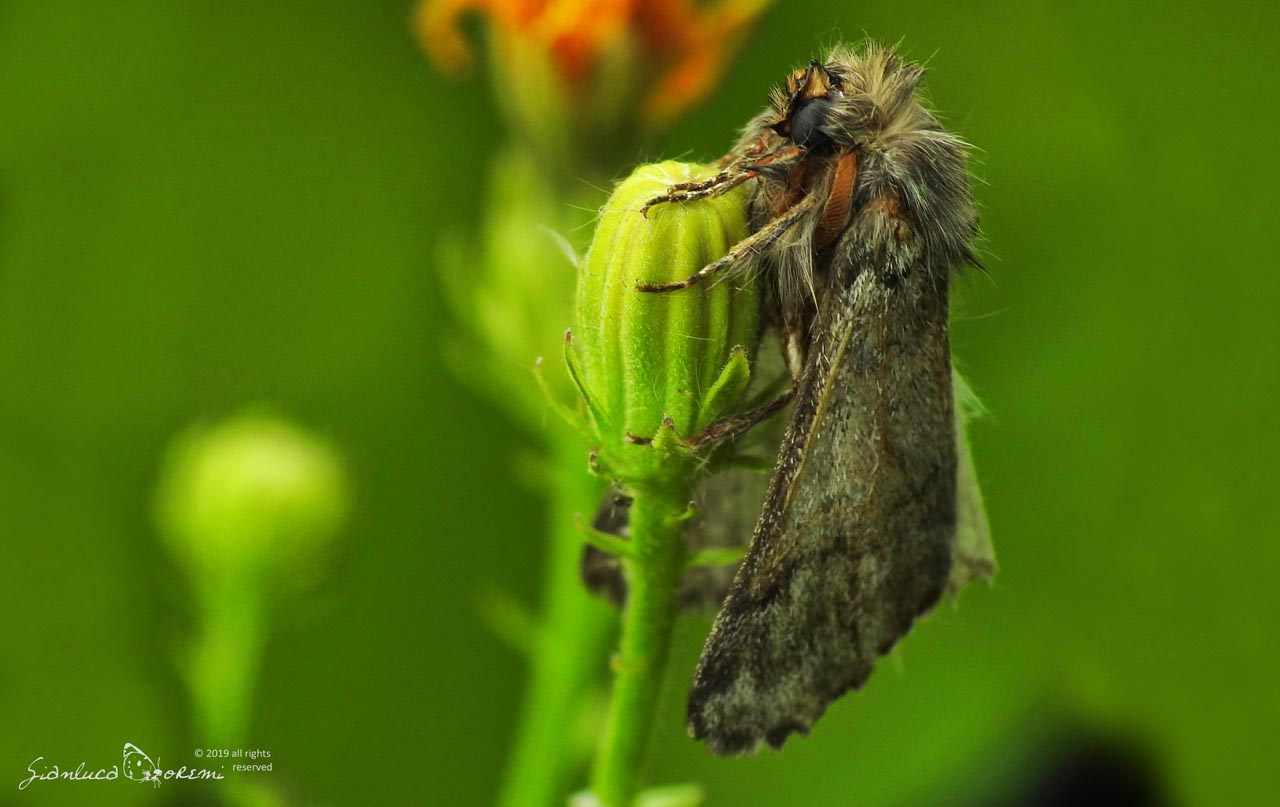
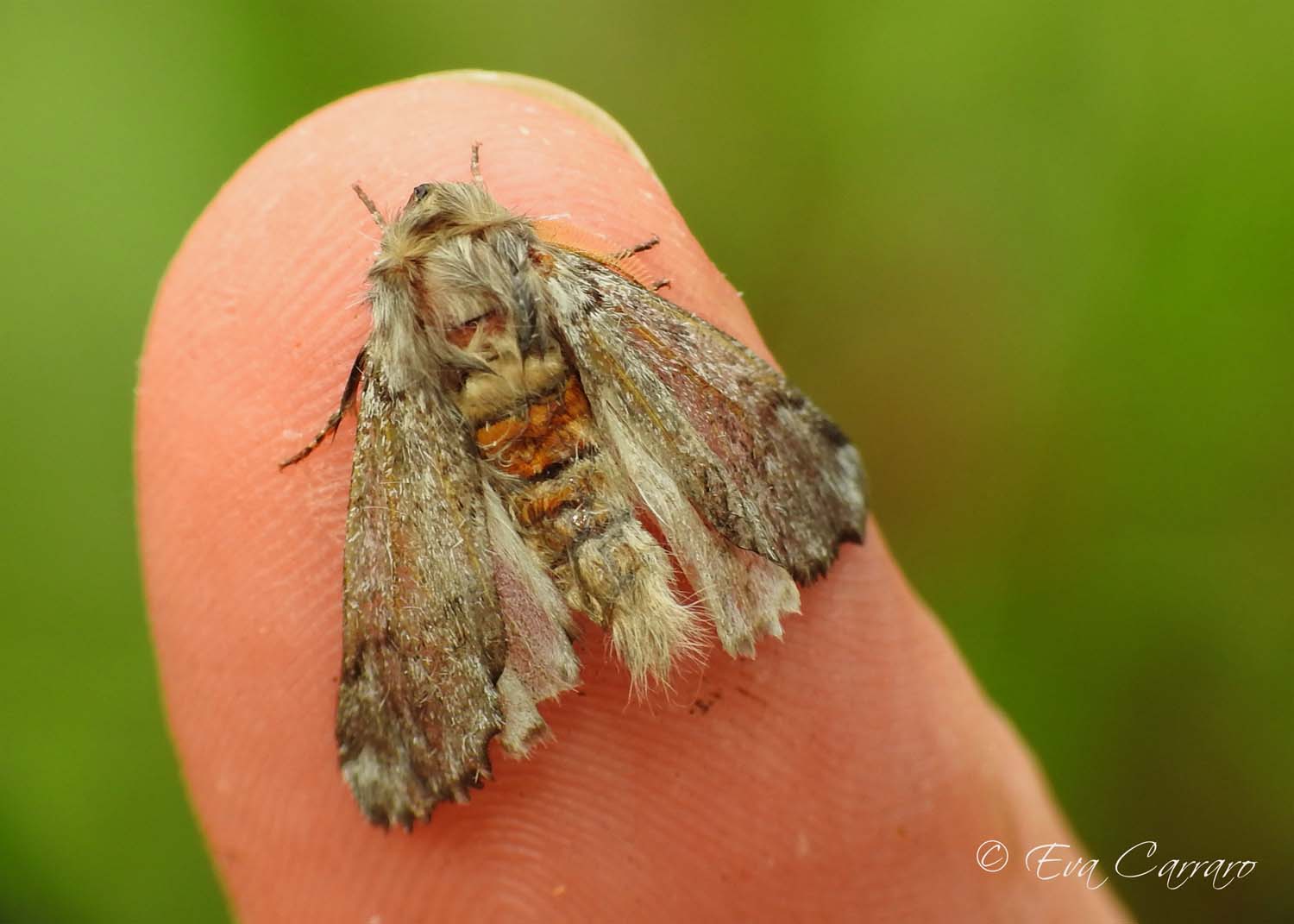
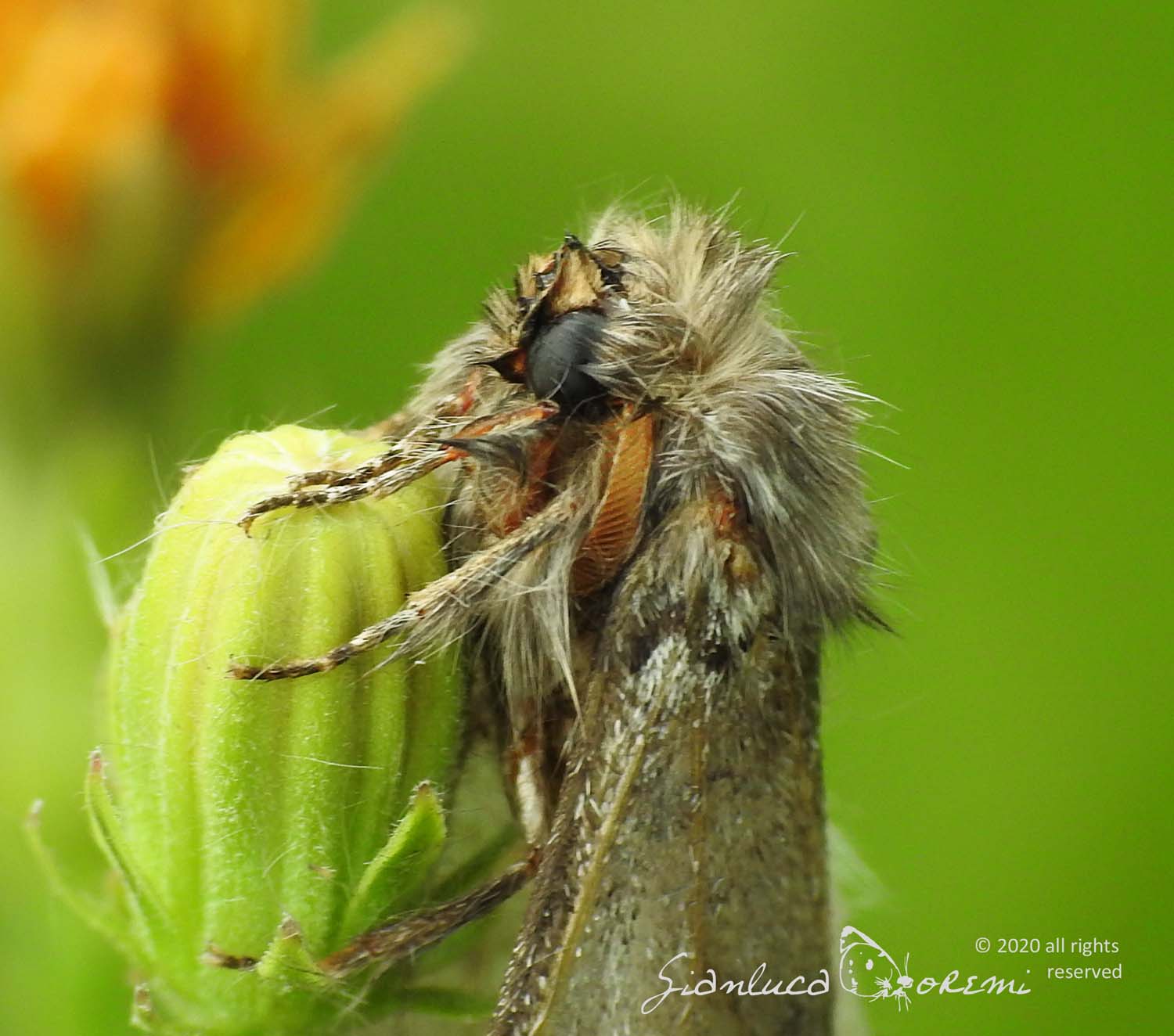
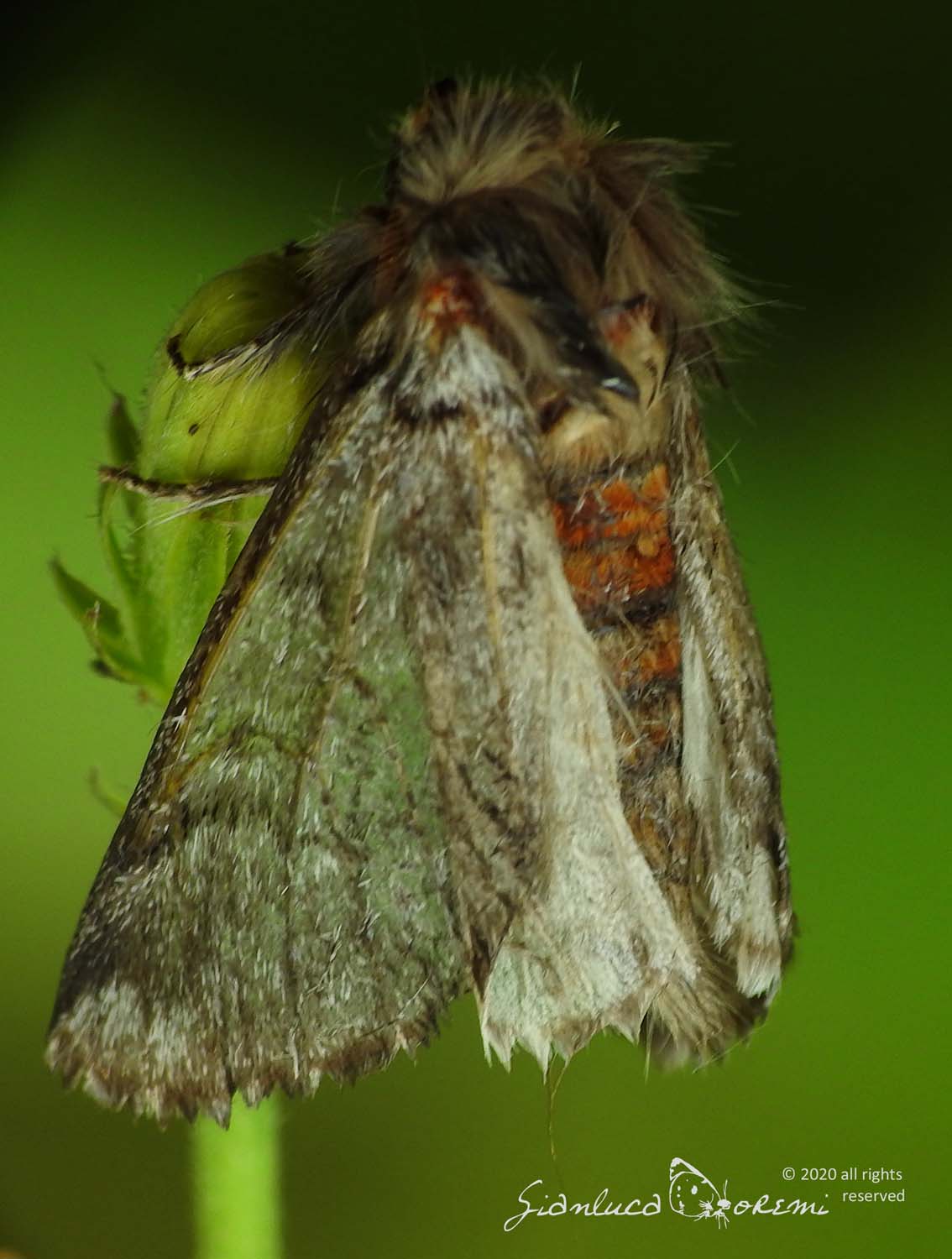

 ITA
ITA EN
EN
Social e pubblicazioni